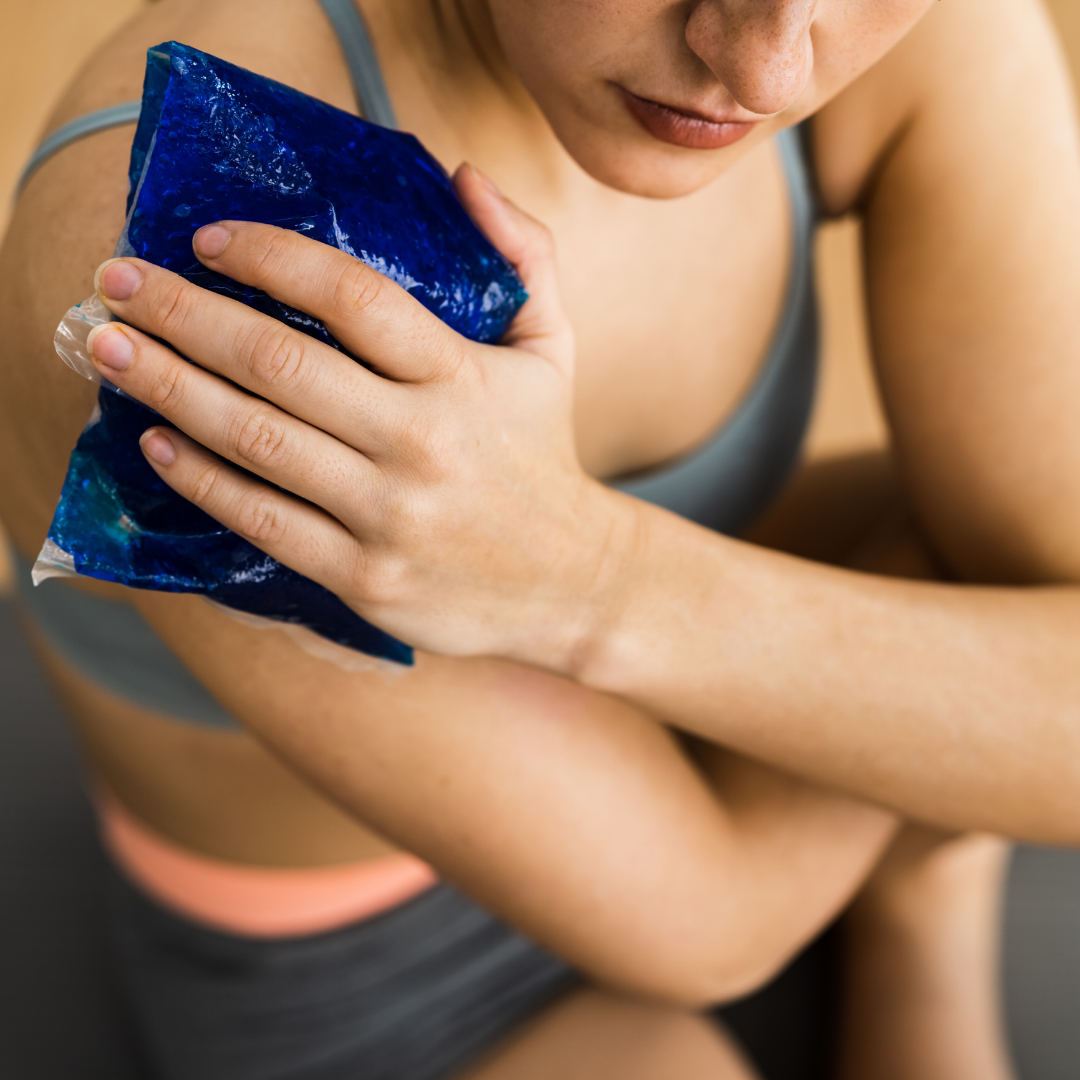Heat is a great tool for muscle recovery and treatment. That’s why my go-to at home recommendation is heat. Whether you use a heating pad or a microwavable rice bag, heat will significantly help your aching muscles.
The science behind it:
When your muscles are tight, your body can consciously or unconsciously tense up to guard the affected area. This is your body’s natural reaction to injury – it’s trying to protect the area from further injury.
Ice vs. Heat:
You may rush to apply ice to the injured area immediately and you’re not necessarily wrong, but it might not work the way you’d think. Your muscles get nutrients and oxygen through your bloodstream and ice causes your blood vessels to contract (get smaller), reducing blood flow to the area. This can stunt nutrient exchange and prolong muscle recovery.
Heat has the opposite effect. Heat causes your blood vessels to dilate (get larger), allowing for increased blood and nutrient flow to the area. This can speed up muscle recovery.
How to use heat for muscle recovery:
You don’t need to apply heat on the affected area for very long – 30 to 40 minutes is ideal. The temperature should not be scalding hot or high enough to potentially burn your skin. It can be helpful to use a barrier like a washcloth or light towel between your skin and the heat source.
A compliment to heat is adding in some light stretching afterwards. Now that the muscle fibers are warm and more elastic, a nice stretch can help elongate the fibers and reduce tension.
Heat alone won’t always “fix” your tight muscles and associated ailments, but it can greatly reduce symptoms and alleviate tension. Heat mixed combined with stretching and manual stimulation (massage, foam roller, tennis/lacrosse ball, massage gun ect.) can be a great addition to your home muscle routines!





